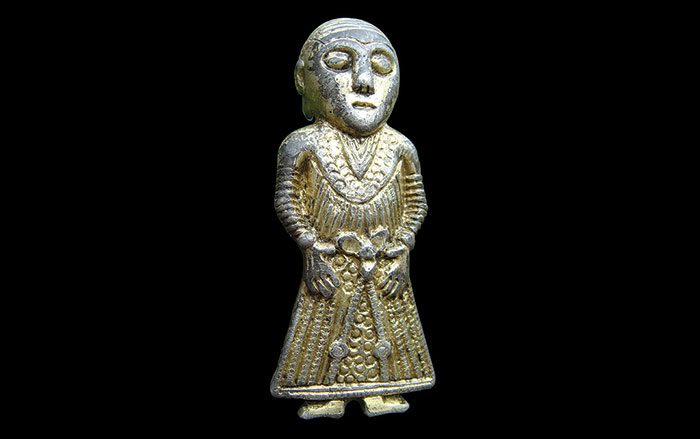
Archaeologists from Britain’s National Trust have unearthed a hoard of late Iron Age and Roman coins in Reynard’s Kitchen Cave in Dovedale, Derbyshire. The initial discovery of four coins was made by a local climber seeking shelter in the cave during a rainstorm. Archaeologists have since retrieved a total of 26 gold and silver coins, all of which predate the Roman invasion of Britain in a.d. 43. While the bulk of the hoard is attributed to the Iron Age Corieltavi tribe, at least three coins are of Roman origin—the first instance of coins from these two civilizations having been found buried together. The location of the hoard is also unexpected, explains National Trust archaeologist Rachael Hall. “Coin hoards of this era in Britain have been found in fields and other locations but, as far as we know, not in a cave,” she says. “We may never know why the coins were buried here, but this discovery adds a new layer to what we are learning about Late Iron Age activity.”










